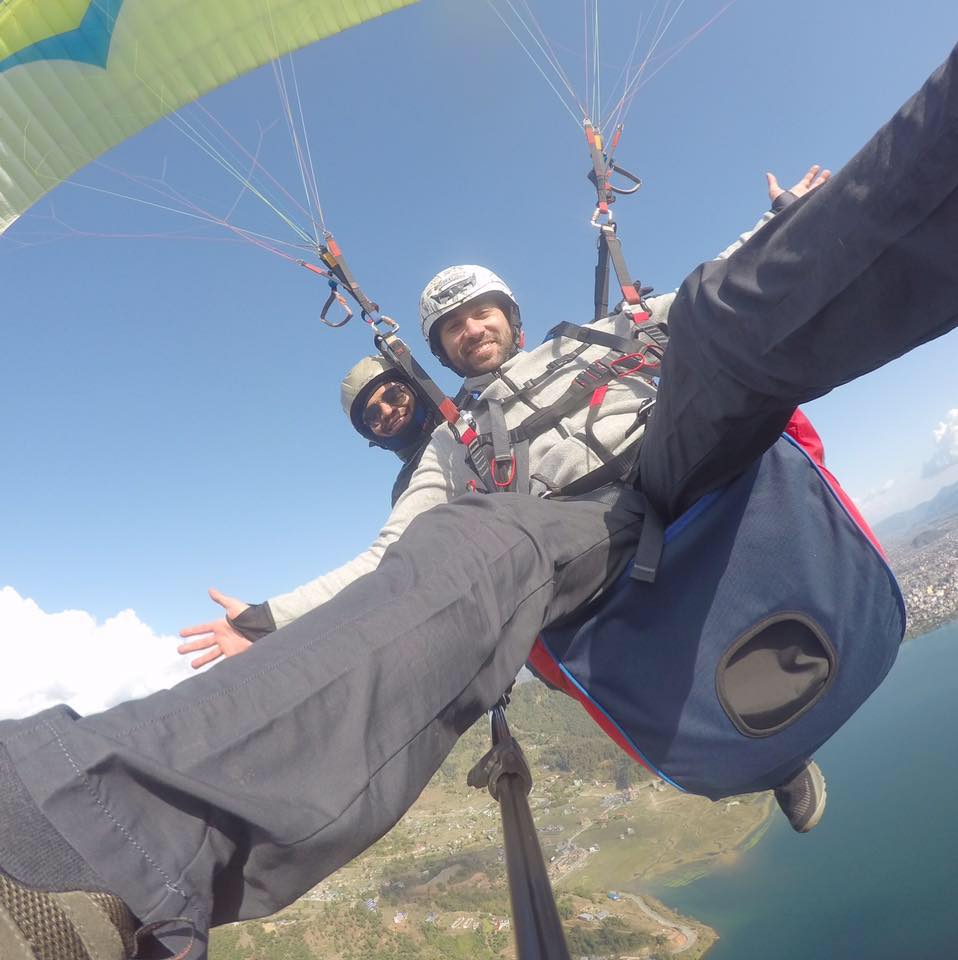
Thanks to Chintan's experience in promoting tourism in Nepal, we managed to organize an excellent visit to the main places in Nepal. After our arrival in Kathmandu, we planned together the various visits and transports for Pokhara, Lumbini, Chitwan. Thanks to their deep knowledge of the various places we have been able to understand throughout the package, the various experiences, such as paragliding and jungle safari, unique and absolutely to be done. I thank Chintan, Madan and the whole Himalayan Hero Adventures Company.